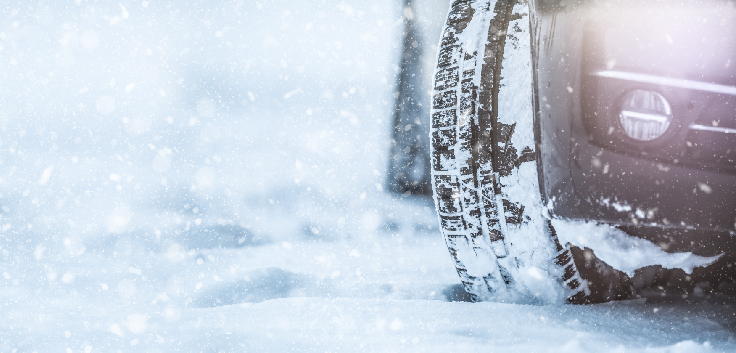Width
Current Selection:
Make
Current Selection:

Off-Road Driving On Sand: How To Conquer The Wilderness?
You need 4x4 tires that are safe, dependable, and effective if you want to go four-wheel driving. Off-road driving in the UAE may be enjoyable, especially if you do it on purpose, but it can also be risky due to the size and harshness of our continent.
Off-road driving is an entirely different type of driving, thus in order to avoid being trapped in hazardous circumstances, TyresOnline suggests that you master the fundamentals of four-wheel driving or attend a 4WD driving school.
UAE Has A World-Class 4WD Environment
The UAE is home to some of the world's longest desert areas. Long-distance driving in the sand may be hazardous for those who are not careful or have never done it before. You'll witness views that most people in automobiles never get to see if you do it correctly.
To drive on sand, you must maintain a constant pace so that your tires may roll over the sand rather than sink into it. Maintain the proper acceleration and momentum in softer sand to prevent tire traction. Take caution not to apply so much force that your tire digs in on its own due to wheel spin.
The automobile won't respond if you turn the steering wheel abruptly or harshly. Instead, you'll continue moving forward like a car on a slippery road that makes too few turns.
Since it has a high center of gravity and its tires can dig into the sand, a 4WD vehicle is more prone to go over. It is advisable to make large, wide turns far enough in front of the bend or barrier. You'll need extra strength while creating new tracks so that you don't get trapped.
Managing Tyre Pressure While Driving Off-Road in 4WD
We advise you to travel with a reliable tire pressure gauge and gradually reduce your tires' pressure until you achieve the optimum traction on the sand. We advise against reducing your tire pressure to less than 1.4 Bar. You may increase the size of the tire's footprint in the sand by reducing tire pressure. The surface of your automobile is now in contact with the road to a greater extent.
To add extra air to your tires, avoid returning to the city. To prevent your tires from overheating if you don't have an air compressor, we advise driving extremely slowly and avoiding lengthy distances. You shouldn't travel any faster than 25 km/h at 1.4 Bar.
Advice From Our Experts on Sand Driving
- Check the tide timings if you're driving on sand, and drive when it's low tide.
- Speed is your best friend on sand.
- Don't guess at your tire pressures; instead, use a reliable tire gauge.
- To expand the footprint of your tires and get the greatest grip, deflate them by 0.3 Bar at a time.
- As you accelerate, turn, or stop, do so smoothly.
- If your wheels begin to spin, reduce your speed a little so that the tires can slow down and regain traction.
- Avoid parking too near to other vehicles.
Follow our tips and expect a victory every time you go off the beaten path!




The information below is required for social login